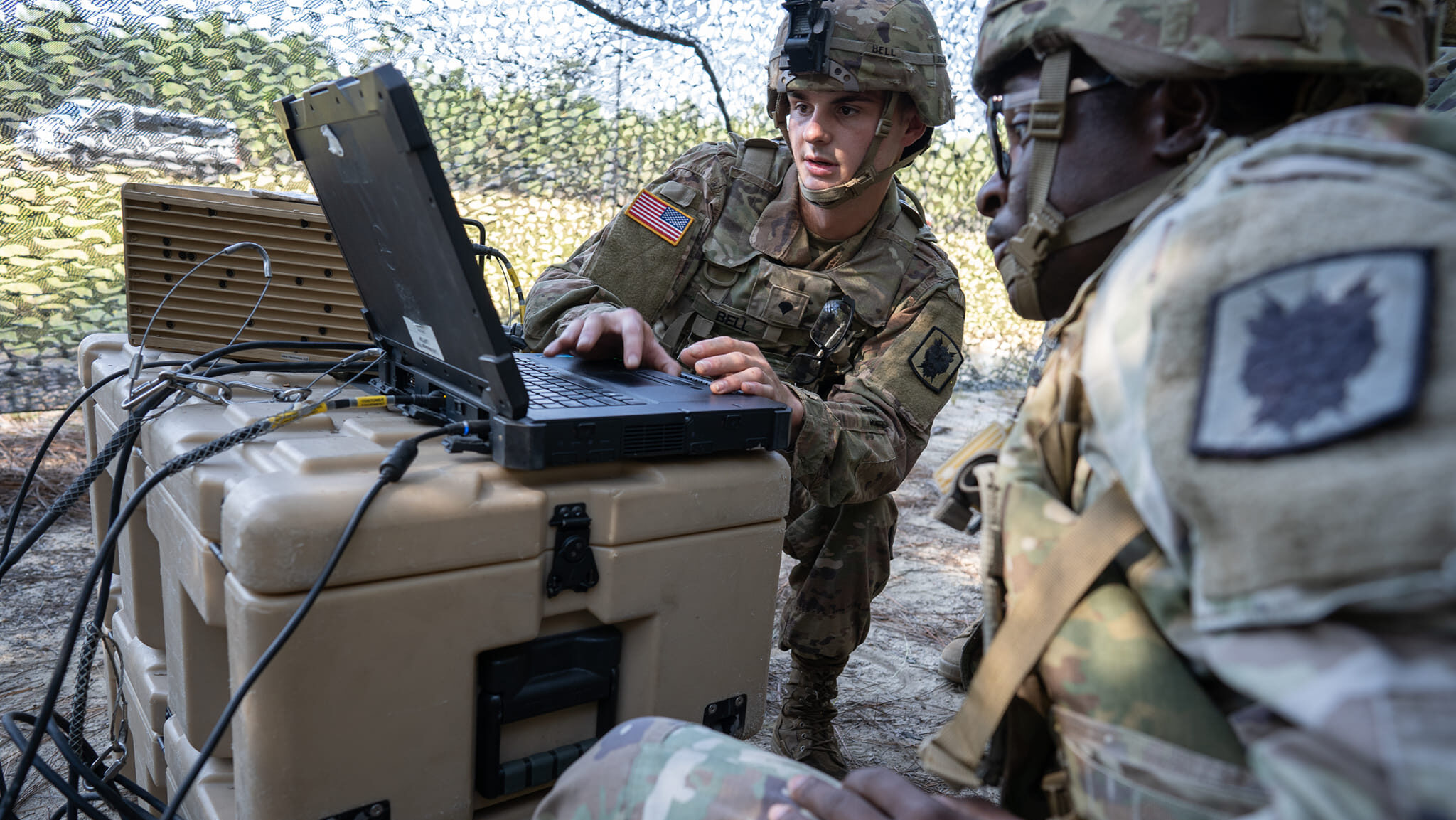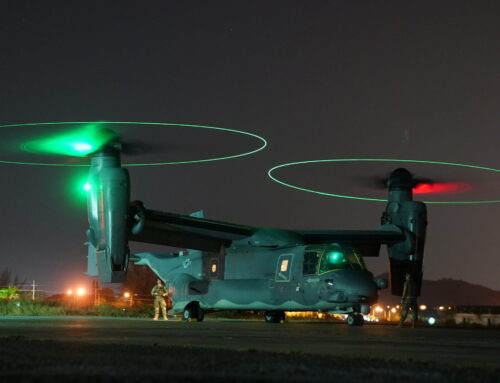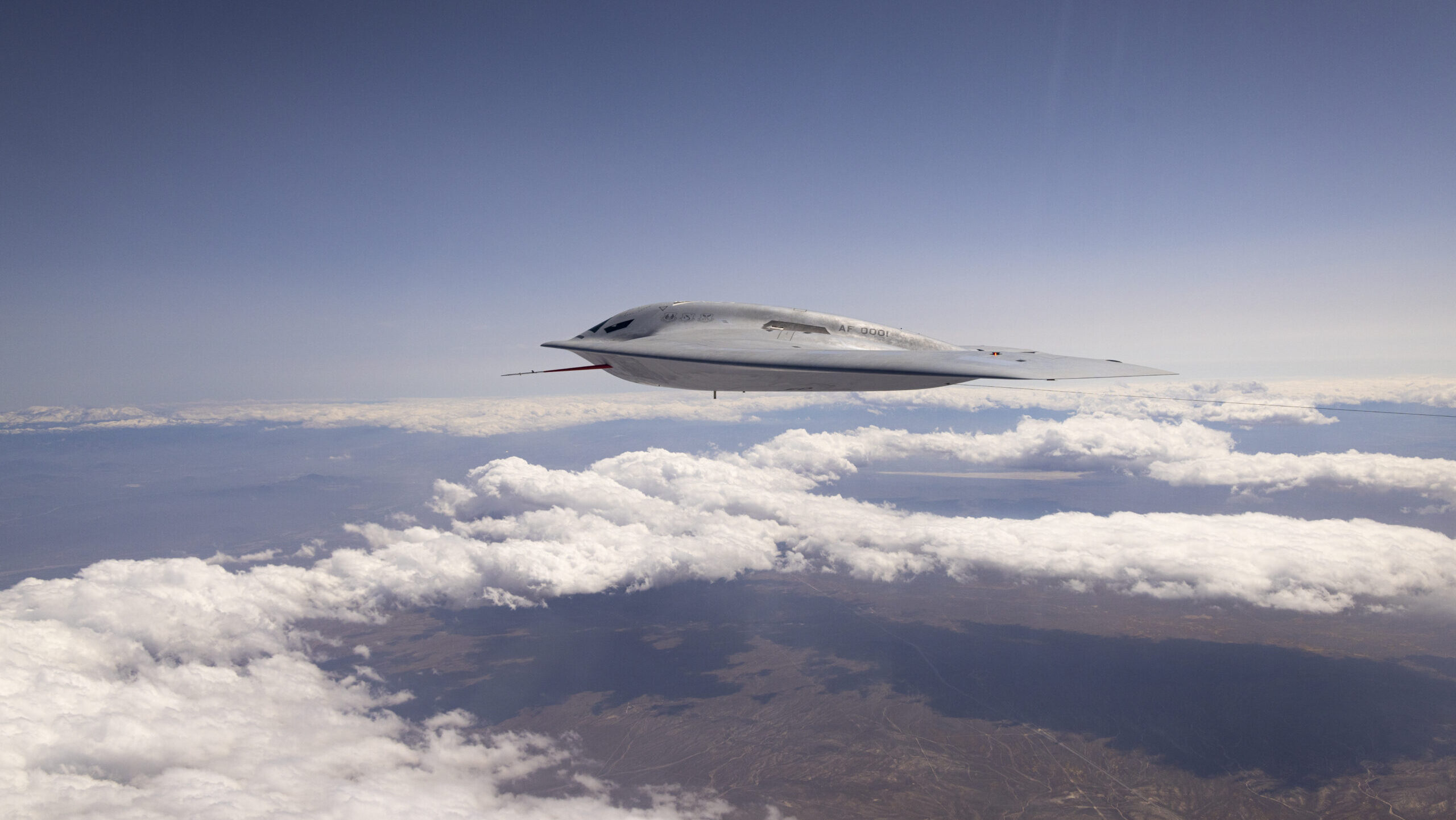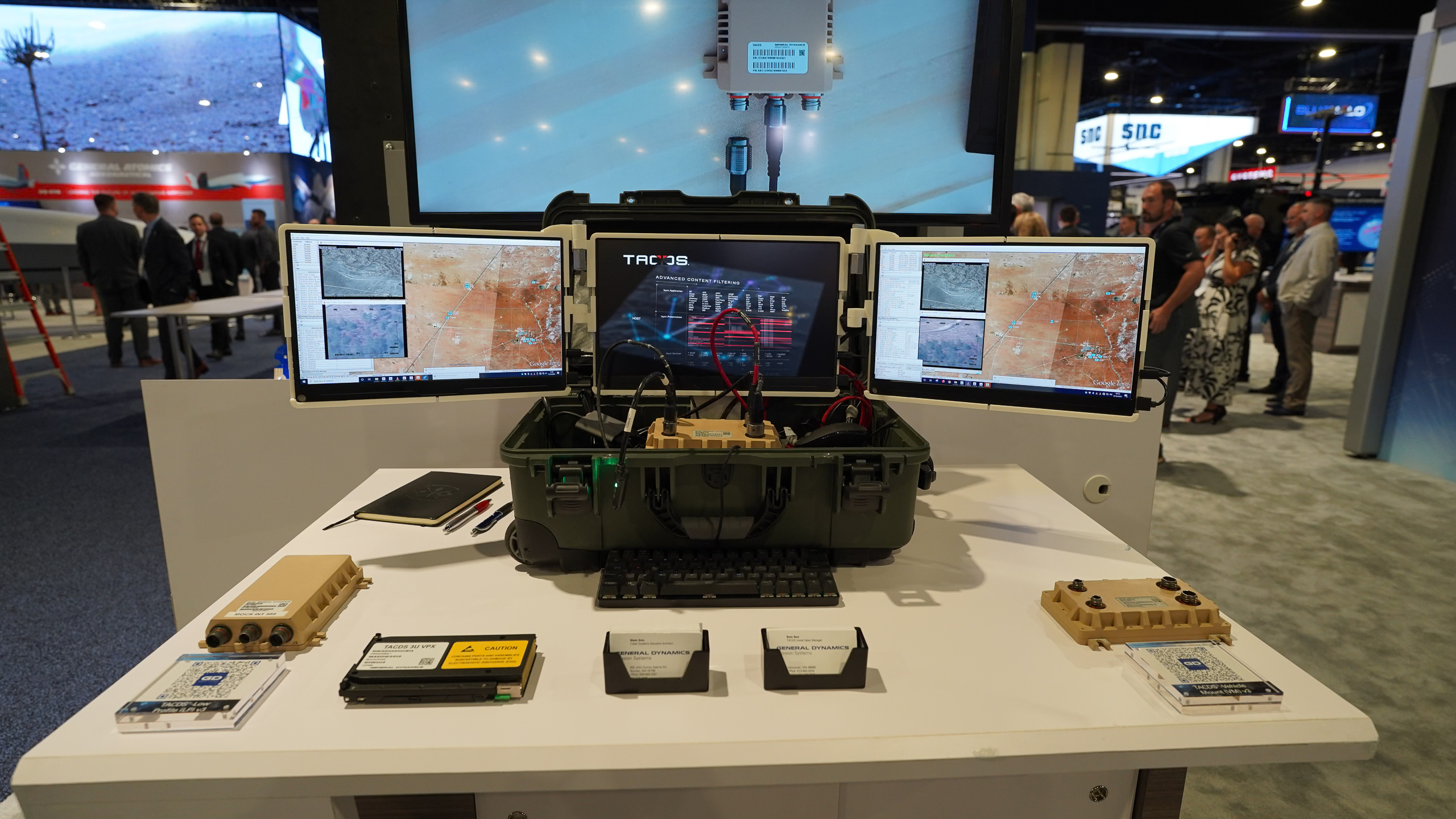The Army intends to invest in new tactical terminals to leverage US, allied and commercial satellites in multiple orbits. (Photo: US Army)
WASHINGTON — The Army is ahead of schedule on collapsing its dozens of legacy networks down to a single shared network, to the point Lt. Gen. John Morrison, Army Deputy Chief of Staff of the G-6, said the service is having to update its Unified Network Plan to reflect how quickly the process is moving.
When the Army announced its Unified Network Plan nearly three years ago, the service had 69 networks, with the goal of getting down to one by 2027. While Morrison did not spell out exactly how ahead of schedule the effort is, he said the army’s organizational networks are down to nine; a different service official said in January they were sitting at 14.
“Interestingly enough, we’re in the process of updating our Army Unified Network Plan, because it is an evolutionary plan,” he said Wednesday at a Defense News conference. “And the reason that we’re updating is because the goals that we had set we’ve already far exceeded.
“It’s really about bringing all the totality of our networks, and we had 69 to start, and making sure that we integrate them into one network so we can easily move information to people — and just as important, data — anywhere in the world, time and place, that a commander needed,” Morrison added.
Morrison said the service is particularly ahead of schedule in implementing its Army Unified Directory Services (AUDS) portion of the plan. The AUDS initiative is a project aimed at creating a cohesive directory service for the Army that allows soldiers to use the same device regardless of location. This project started in the Indo-Pacific and is “more than half way done,” a spokesperson from Morrison’s office told Breaking Defense in an email.
“So moving to things like having that global infrastructure [AUDS] we’re able to use individuals and units around the world seamlessly. This will be in place by the end of this calendar year, or shortly thereafter,” Morrison said Wednesday. “We weren’t expecting to get that done for another year and a half or so, and so we have moved at a pace that is demanding that we update the plan.”
In another effort to move toward the service’s unified network, the Army recently proposed that it reestablish division-level signals battalions rather than operating with several brigade combat teams. (This decision still has yet to be approved.) The latter was helpful for counterinsurgency operations, Morrison said, but as the Army transitions from counterinsurgency fights to larger-scale combat missions against advanced adversarial nation-states, this will require a larger breadth of operations at higher echelons due to geographical distances and the complexity of the adversary’s capabilities.
“It was a part of counterinsurgency operations where they were trying to do everything at their local level to support their limited area of operations,” Morrison said of the signal battalions. “That will not be the next fight we’re in. So it’s now a divisional architecture that raises the complexity of some of those more technical tasks across all warfighting functions.”
This divisional structure “establishes a new delivery model where the critical mission command and warfighting function capabilities that a brigade commander or a battalion commander need are provided to them from a higher echelon,” he added.











